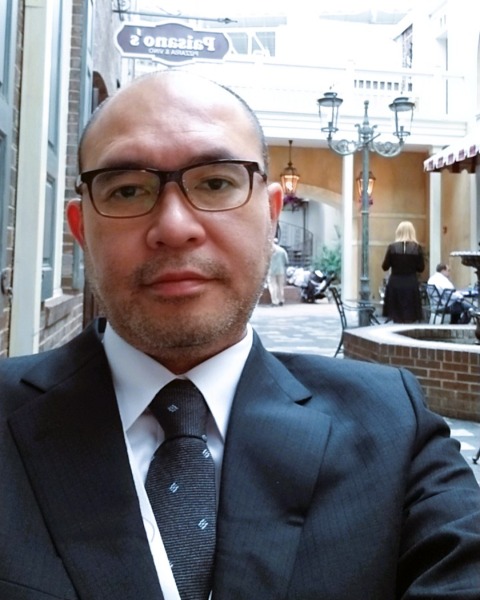Break in Exhibit Hall & Posters in Foyer
Sclerotherapy for Pulsatile Phlebitis Due to Micro Arteriovenous Fistulas 2nd Report
Varicose vein is defined that it's caused by superficial venous valve failure. Standard examinations and therapies are based on this concept.
Stasis dermatitis is cutaneous finding from venous retrograde flow.
Lymphedema is defined as ‘low output failure’ by lymphatic transport disorders. The diagnosis is sometimes difficult and exclusionary. The treatment is usually conservative, however, that is not curable and not established effective.
Meanwhile, we sometimes meet the cases of lower leg swelling, edema, dermatitis and ulcer, without venous reflux and venous thrombosis. By careful ultrasound examinations, we often observed excessive pulsatile prograde venous flow in those cases.
As pathogenesis of varicose vein, micro arteriovenous fistulas (micro AVFs) have already been argued from 1960s. Moreover, recently, there have been several publications suggesting that lymphedema and stasis dermatitis were associated with micro AVFs. Therefore, we focus on excessive pulsatile prograde venous flow as origin of skin inflammation and edema in legs.
In 2022 American Venous Forum, we presented 151 EVAT operative cases about pulsatile phlebitis due to micro AVFs. In this report, we describe impressive 56 cases of localized leg edema and stasis dermatitis without venous reflux. In those 56 cases, pulsatile phlebitis due to micro AVFs were treated by sclerotherapy.
Methods:
54 cases revealed ultrasonography findings of excessive pulsatile prograde venous flow around localized leg edema and stasis dermatitis. No venous reflux nor thrombosis were observed. We performed ultrasound guided form sclerotherapy for pulsatile venous branches. Inflammation was restrictedly localized. Therefore, we tried ultrasound guided sclerotherapy. We did retrospective study about those 54 cases.
Results:
Flow volume was measured in 23 cases. Mean is 55.3 ml/min (SD 43.1). After sclerotherapy, in 54% cases, symptoms were healed completely. In 35% cases, symptoms were improved relatively. In 9% cases, those did not change, and it was worsened in one case (2%). Long term course observation more than 6 months was possible for 32 cases. In 3cases, additional sclerotherapy was necessary for 1year course observation. Interestingly, 7cases showed temporary aggravation with skin ulcer. Ulcers seemed like ischemic ulcer. After 1month, symptoms were healed completely. Sclerosant might be strayed into micro AVFs.
Conclusions:
Sclerotherapy for pulsatile vein could relieve symptoms in 89% cases. It suggests pulsatile phlebitis due to micro AVFs can be mainly involved in their symptom development. That can be related to skin inflammation and edema around vein. Cases diagnosed as lymphedema or stasis dermatitis without venous reflux can include some cases concerned with pulsatile phlebitis due to micro AVFs.

Takaya Murayama, MD, PhD
Chairman
Medical Corporation Keihakukai
Yokohama, Kanagawa, Japan
